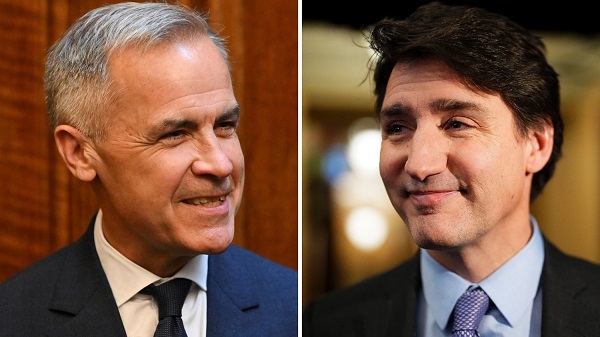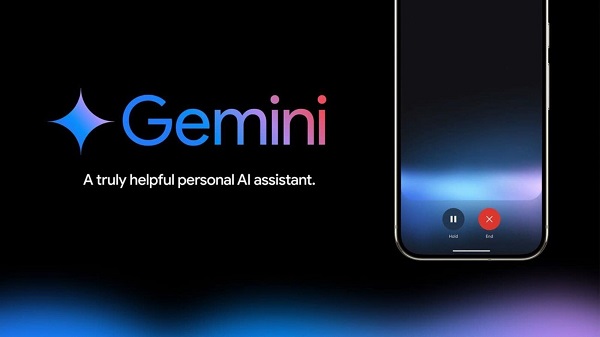Addictions
B.C. poll reveals clash between Indigenous views and drug policy
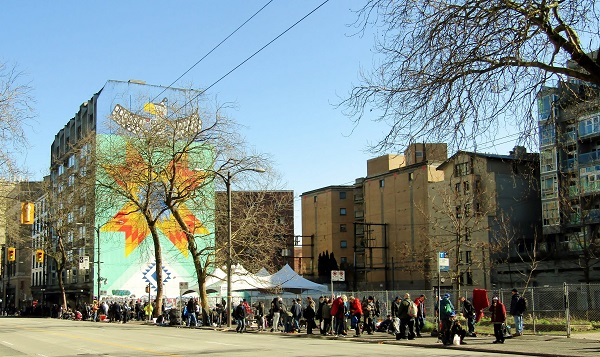

By Alexandra Keeler
A supermajority of First Nations respondents disagree that criminalizing drug use is racist, challenging public health advocates’ assumptions
A new report shows a majority of British Columbians — and a plurality of all ethnic communities surveyed — disagree with the contention that drug criminalization policies are racist.
The findings challenge assertions made by prominent B.C. policymakers, who have advocated for drug decriminalization and harm-reduction initiatives on the grounds of anti-racism and reconciliation.
The report, published by the policy nonprofit Centre for Responsible Drug Policy and think tank Macdonald-Laurier Institute, draws from a poll of 6,300 B.C. adults that was commissioned by the centre and conducted by Mainstreet Research.
“Chinese and Indigenous leaders keep telling me that their communities are very anti-drug, but public health officials and harm-reduction activists keep saying that legalization is integral to anti-racism and reconciliation,” said Adam Zivo, a journalist and founder of the centre.
“Now we have data to show which side is more accurate.”
When asked whether criminalizing drug use is racist, just 22 per cent of all respondents agreed, while 60 per cent disagreed. Notably, 79 percent of the respondents identified as white.
Disagreement was strongest among First Nations respondents, with just nine per cent of the 172 Indigenous respondents agreeing that criminalization is racist and 67 per cent disagreeing.
Agreement was stronger among Asian communities, with East Asian and South Asian respondents being most likely to say criminalization policies are racist.
In the East Asian cohort, 42 per cent said they disagreed that criminalizing drug use is racist, while 36 per cent strongly agreed. Similarly, 46 per cent of South Asian respondents disagreed and 32 per cent agreed.
Self-determination
The poll challenges views articulated by some prominent B.C. policymakers and public health groups.
In July, B.C.’s provincial health officer, Dr. Bonnie Henry, released a report asserting that drug policies prohibiting the use of hard drugs are rooted in racism and colonialism.
“Prohibitionist drug policies are deeply rooted in colonialism, reflecting and perpetuating systemic racism that disproportionately impacts Indigenous peoples,” Henry’s report says.
“These policies were designed to control marginalized populations and have led to over-incarceration, intergenerational trauma, and significant health disparities within these communities.”
Henry’s report contends that decriminalization policies — such as those implemented by B.C. as part of a three-year trial project that began January 2023 — can help to rectify these injustices by prioritizing health and safety over law enforcement.
Henry’s report was released mere months after B.C. rolled back some of its decriminalization measures in response to growing public concerns over decriminalization’s effects on community safety and order. Henry’s report, which is published by the BC Ministry of Health, urges the province to move in the opposite direction.
“This report’s recommendation is to continue to refine and expand prescribed alternatives to unregulated drugs, and critically, to explore implementation of models that do not require prescription,” Henry writes, referring to harm-reduction initiatives such as safer supply that dispense prescription opioids to drug users.
The report presents decriminalization as a move supported by Indigenous communities, citing the Declaration on the Rights of Indigenous Peoples Act Action Plan. Action 4.12 aims to “address the disproportionate impacts of the overdose public health emergency on Indigenous Peoples by: applying to the Government of Canada to decriminalize simple possession of small amounts of illicit drugs for personal use.”
The Canadian Drug Policy Coalition, a policy advocacy group based out of Simon Fraser University, has similarly contended that drug criminalization is racist.
The coalition’s website says, “the demand by Black communities to decriminalize drugs and to immediately expunge records are a vital necessity for minimizing the racially disproportionate harms of drug criminalization, part of a broader struggle to end the war on Black communities.”
And in December 2023, the Harm Reduction Nurses Association, a national organization that advances harm-reduction nursing, obtained an injunction to prevent the B.C. government from imposing restrictions on public drug consumption.
The association alleged the government’s actions “would put people at greater risk of fatal overdose, make healthcare outreach more challenging, and drive racial discrimination, particularly against Indigenous people.”
Subscribe for free to get BTN’s latest news and analysis, or donate to our journalism fund.
Minority polling challenges
Some Indigenous groups have expressed reservations about blanket decriminalization policies in other contexts.
In January 2024, the First Nations Health Authority, an agency that manages health services for Indigenous communities in B.C., issued a statement acknowledging decriminalization may not be the best approach for all communities.
“FNHA acknowledges and supports the self-determination of each First Nations community when considering implementing this exemption,” the statement reads, referring to the three-year exemption B.C. obtained from federal laws prohibiting the use of hard drugs.
First Nations Health Authority has emphasized the need for culturally informed approaches that prioritize community health and safety and advocated for nuanced strategies tailored to each community’s specific needs.
The Mainstreet Research poll reveals challenges in accurately representing the views of B.C.’s smaller ethnic communities.
While non-white Canadians make up 40 per cent of B.C.’s population, they accounted for only 16 per cent of the poll’s 6,300 respondents.
Responses by Black, Middle Eastern and Southeast Asian respondents were excluded from the current analysis because sample sizes were too small, numbering below 100. The English-only and automated telephone polling format may also increase uncertainty.
As the poll focused primarily on B.C. and broad drug policy questions, its findings underscore the need for a deeper understanding of community beliefs to inform drug policies.
The Centre for Responsible Drug Policy is releasing the polling data and its report on a “preliminary” basis so it can inform drug policy discussions ahead of provincial elections, which are taking place this October in B.C., Saskatchewan and New Brunswick.
But Mainstreet Research is continuing to gather data, aiming for a final survey size of more than 12,000 respondents. Once completed, the survey will be one of the largest polls on harm reduction ever conducted in Canada.
“The final report, set to be released later this year, will include larger samples from B.C.’s diverse ethnic communities, providing further clarity on their beliefs,” Zivo said.
This article was produced through the Breaking Needles Fellowship Program, which provided a grant to Canadian Affairs, a digital media outlet, to fund journalism exploring addiction and crime in Canada. Articles produced through the Fellowship are co-published by Break The Needle and Canadian Affairs.
Subscribe to Break The Needle. Our content is always free – but if you want to help us commission more high-quality journalism, consider getting a voluntary paid subscription.
Addictions
Activists Claim Dealers Can Fix Canada’s Drug Problem
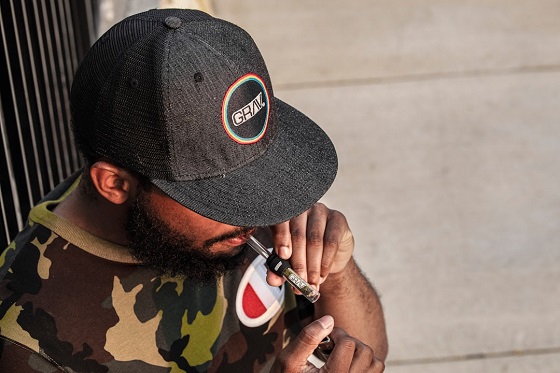
By Adam Zivo
We should learn from misguided experiments with activist-driven drug ideologies.
Some Canadian public-health researchers have argued that the nation’s drug dealers, far from being a public scourge, are central to the cause of “harm reduction,” and that drug criminalization makes it harder for them to provide this much-needed “mutual aid.” Incredibly, these ideas have gained traction among Canada’s policymakers, and some have even been put into practice.
Gillian Kolla, an influential harm-reduction activist and researcher, spearheaded the push to whitewash drug trafficking in Canada. Over the past decade, she has advocated for many of the country’s failed laissez-faire drug policies. In her 2020 doctoral dissertation, she described her hands-on research into Toronto’s “harm reduction satellite sites”—government-funded programs that paid drug users to provide services out of their homes.
The sites Kolla studied were operated by the nonprofit South Riverdale Community Health Centre (SRCHC) in Toronto. Addicts participating in the programs received $250 per month in exchange for distributing naloxone and clean paraphernalia (needles and crack pipes, for example), as well as for reversing overdoses and educating acquaintances on safer consumption practices. At the time of Kolla’s research (2016–2017), the SRCHC was operating nine satellite sites, which reportedly distributed about 1,500 needles and syringes per month.
Canada permits supervised consumption sites—facilities where people can use drugs under staff oversight—to operate so long as they receive an official exemption via the federal Controlled Drugs and Substances Act. As the sites Kolla observed did not receive exemptions, they were certainly illegal. Kolla herself acknowledged this in her dissertation, writing that she, with the approval of the University of Toronto, never recorded real names or locations in her field notes, in case law enforcement subpoenaed her research data.
Even so, the program seems to have enjoyed the blessing of Toronto’s public health officials and police. The satellite sites received local funding from 2010 onward, after a decade of operating on a volunteer basis, apparently with special protection from law enforcement. In her dissertation, Kolla described how SRCHC staff trained police officers to leave their sites alone, and how satellite-site workers received special ID badges and plaques to ward off arrest.
Kolla made it clear that many of these workers were not just addicts but dealers, too, and that tolerance of drug trafficking was a “key feature” of the satellite sites. She even described, in detail, how she observed one of the site workers packaging and selling heroin alongside crackpipes and needles.
In her dissertation, Kolla advocated expanding this permissive approach. She claimed that traffickers practice harm reduction by procuring high-quality drugs for their customers and avoiding selling doses that are too strong.
“Negative framings of drug selling as predatory and inherently lacking in care make it difficult to perceive the wide variety of acts of mutual aid and care that surround drug buying and selling as practices of care,” she wrote.
In truth, dealers routinely sell customers tainted or overly potent drugs. Anyone who works in the addiction field can testify that this is a major reason that overdose deaths are so common.
Ultimately, Kolla argued that “real harm reduction” should involve drug traffickers, and that criminalization creates “tremendous barriers” to this goal.
The same year she published her dissertation, Kolla cowrote a paper in the Harm Reduction Journal with her Ph.D. supervisor at the Dalla Lana School of Public Health. The article affirmed the view that drug traffickers are essential to the harm-reduction movement. Around this time, the SRCHC collaborated with the Toronto-based Parkdale Queen West Community Health Centre— the only other organization running such sites—to produce guidelines on how to replicate and scale up the experiment.
Thankfully, despite its local adoption, this idea did not catch on at the national level. It was among the few areas in the early 2020s where Canada did not fully descend into addiction-enabling madness. Yet, like-minded researchers still echo Kolla’s work.
In 2024, for example, a group of American harm-reduction advocates published a paper in Drug and Alcohol Dependence Reports that concluded, based on just six interviews with drug traffickers in Indianapolis, that dealers are “uniquely positioned” to provide harm-reduction services, partly because they are motivated by “the moral imperative to provide mutual aid.” Among other things, the authors argued that drug criminalization is harmful because it removes dealers from their social networks and prevents them from enacting “community-based practices of ethics and care.”
It’s instructive to review what ultimately happened with the originators of this movement—Kolla and the SRCHC. Having failed to whitewash drug trafficking, Kolla moved on to advocating for “safer supply”—an experimental strategy that provides addicts with free recreational drugs to dissuade use of riskier street substances. The Canadian government funded and expanded safer supply, thanks in large part to Kolla’s academic work. It abandoned the experiment after news broke that addicts resell their safer supply on the black market to buy illicit fentanyl, flooding communities with diverted opioids and fueling addiction.
The SRCHC was similarly discredited after a young mother, Karolina Huebner-Makurat, was shot and killed near the organization’s supervised consumption site in 2023. Subsequent media reports revealed that the organization had effectively ignored community complaints about public safety, and that staff had welcomed, and even supported, drug traffickers. One of the SRCHC’s harm-reduction workers was eventually convicted of helping Huebner-Makurat’s shooter evade capture by hiding him from the police in an Airbnb apartment and lying to the police.
There is no need for policymakers to repeat these mistakes, or to embrace its dysfunctional, activist-driven drug ideologies. Let this be another case study of why harm-reduction policies should be treated with extreme skepticism.
Our content is always free
If you want to help us commission more high-quality journalism,
consider getting a voluntary paid subscription.
Addictions
Canadian gov’t not stopping drug injection sites from being set up near schools, daycares
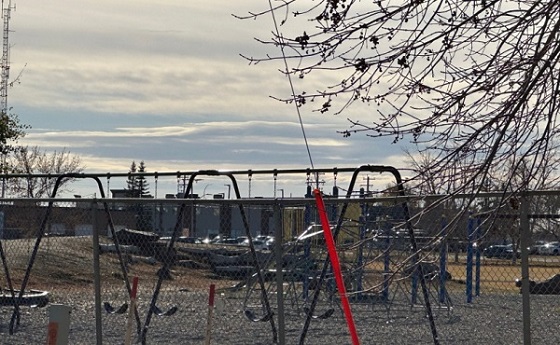
From LifeSiteNews
Canada’s health department told MPs there is not a minimum distance requirement between safe consumption sites and schools, daycares or playgrounds.
So-called “safe” drug injection sites do not require a minimum distance from schools, daycares, or even playgrounds, Health Canada has stated, and that has puzzled some MPs.
Canadian Health Minister Marjorie Michel recently told MPs that it was not up to the federal government to make rules around where drug use sites could be located.
“Health Canada does not set a minimum distance requirement between safe consumption sites and nearby locations such as schools, daycares or playgrounds,” the health department wrote in a submission to the House of Commons health committee.
“Nor does the department collect or maintain a comprehensive list of addresses for these facilities in Canada.”
Records show that there are 31 such “safe” injection sites allowed under the Controlled Drugs And Substances Act in six Canadian provinces. There are 13 are in Ontario, five each in Alberta, Quebec, and British Columbia, and two in Saskatchewan and one in Nova Scotia.
The department noted, as per Blacklock’s Reporter, that it considers the location of each site before approving it, including “expressions of community support or opposition.”
Michel had earlier told the committee that it was not her job to decide where such sites are located, saying, “This does not fall directly under my responsibility.”
Conservative MP Dan Mazier had asked for limits on where such “safe” injection drug sites would be placed, asking Michel in a recent committee meeting, “Do you personally review the applications before they’re approved?”
Michel said that “(a)pplications are reviewed by the department.”
Mazier stated, “Are you aware your department is approving supervised consumption sites next to daycares, schools and playgrounds?”
Michel said, “Supervised consumption sites were created to prevent overdose deaths.”
Mazier continued to press Michel, asking her how many “supervised consumption sites approved by your department are next to daycares.”
“I couldn’t tell you exactly how many,” Michel replied.
Mazier was mum on whether or not her department would commit to not approving such sites near schools, playgrounds, or daycares.
An injection site in Montreal, which opened in 2024, is located close to a kindergarten playground.
Conservative Party leader Pierre Poilievre has called such sites “drug dens” and has blasted them as not being “safe” and “disasters.”
Records show that the Liberal government has spent approximately $820 million from 2017 to 2022 on its Canadian Drugs and Substances Strategy. However, even Canada’s own Department of Health admitted in a 2023 report that the Liberals’ drug program only had “minimal” results.
Recently, LifeSiteNews reported that the British Columbia government decided to stop a so-called “safe supply” free drug program in light of a report revealing many of the hard drugs distributed via pharmacies were resold on the black market.
British Columbia Premier David Eby recently admitted that allowing the decriminalization of hard drugs in British Columbia via a federal pilot program was a mistake.
Former Prime Minister Justin Trudeau’s loose drug initiatives were deemed such a disaster in British Columbia that Eby’s government asked Trudeau to re-criminalize narcotic use in public spaces, a request that was granted.
Official figures show that overdoses went up during the decriminalization trial, with 3,313 deaths over 15 months, compared with 2,843 in the same time frame before drugs were temporarily legalized.
-
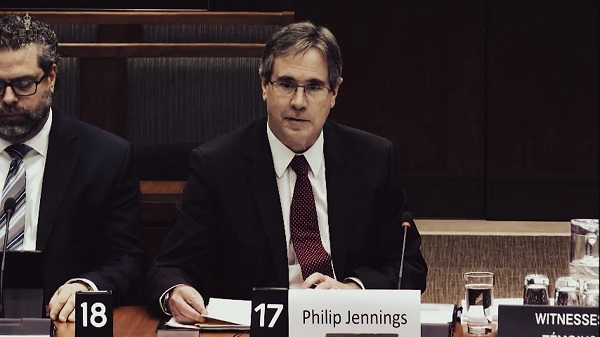
 Business1 day ago
Business1 day agoBlacked-Out Democracy: The Stellantis Deal Ottawa Won’t Show Its Own MPs
-

 Agriculture1 day ago
Agriculture1 day agoHealth Canada pauses plan to sell unlabeled cloned meat
-
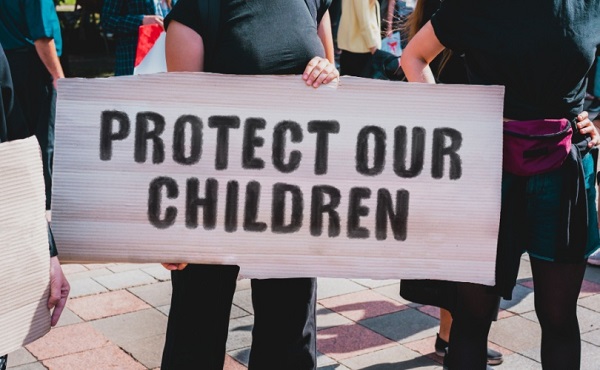
 Alberta2 days ago
Alberta2 days agoPremier Danielle Smith says attacks on Alberta’s pro-family laws ‘show we’ve succeeded in a lot of ways’
-
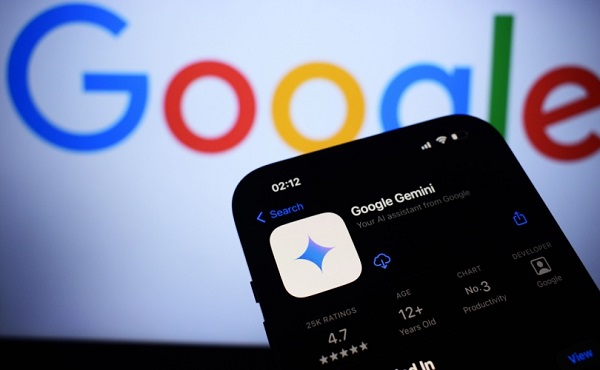
 Artificial Intelligence2 days ago
Artificial Intelligence2 days agoGoogle denies scanning users’ email and attachments with its AI software
-

 Alberta2 days ago
Alberta2 days agoNew pipeline from Alberta would benefit all Canadians—despite claims from B.C. premier
-

 Crime24 hours ago
Crime24 hours agoB.C.’s First Money-Laundering Sentence in a Decade Exposes Gaps in Global Hub for Chinese Drug Cash
-

 COVID-192 days ago
COVID-192 days agoCrown seeks to punish peaceful protestor Chris Barber by confiscating his family work truck “Big Red”
-
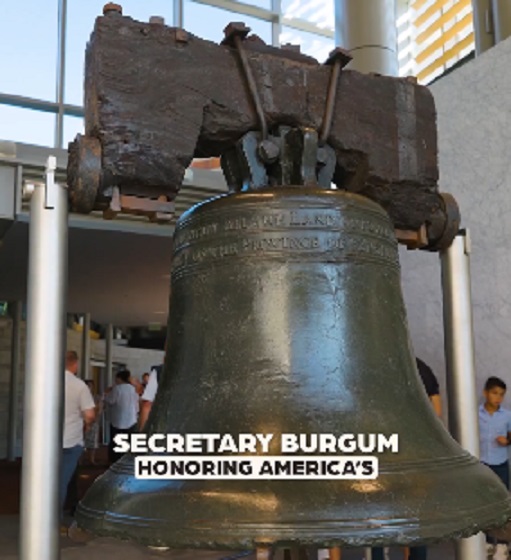
 International1 day ago
International1 day agoAmerica first at the national parks: Trump hits Canadians and other foreign visitors with $100 fee






